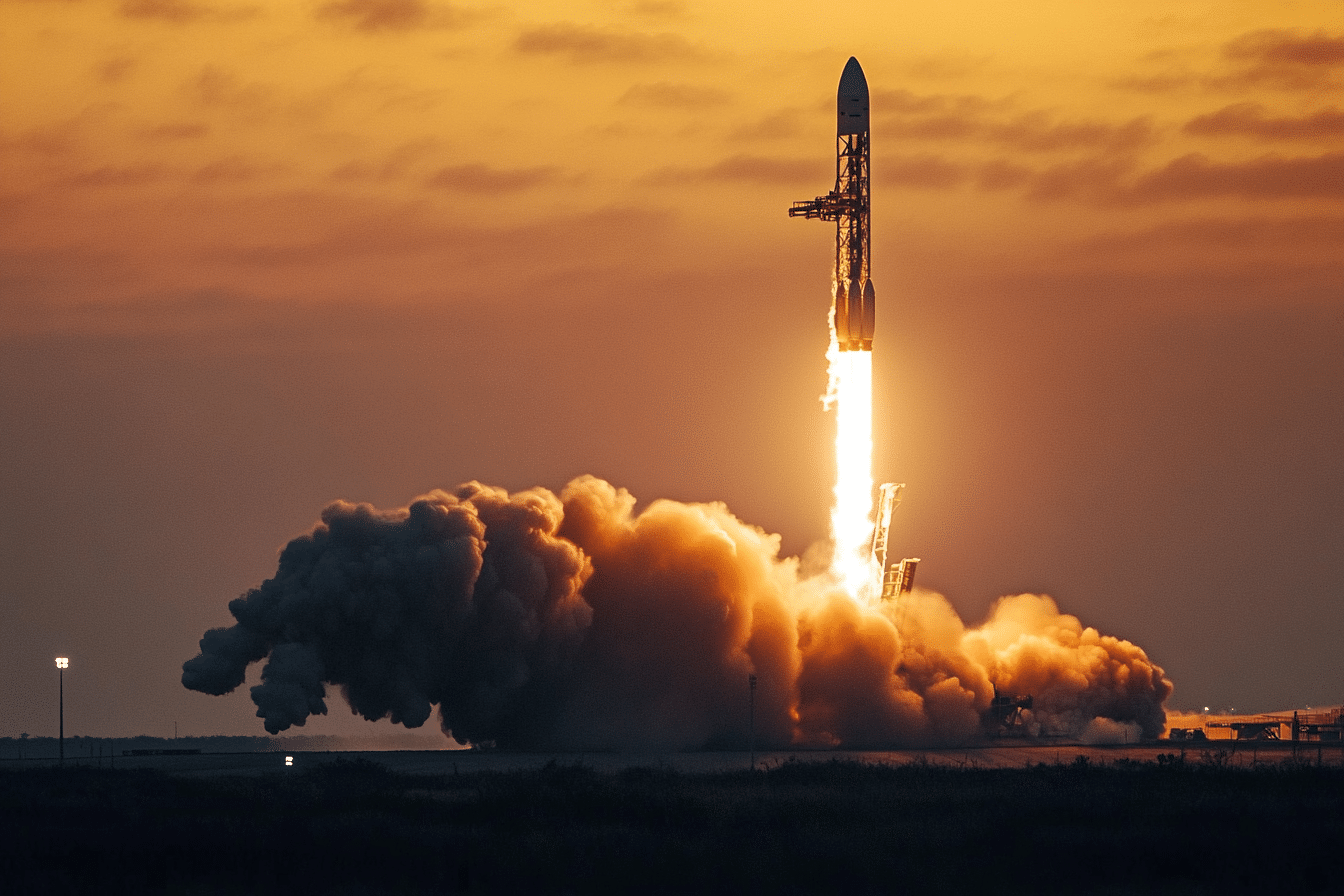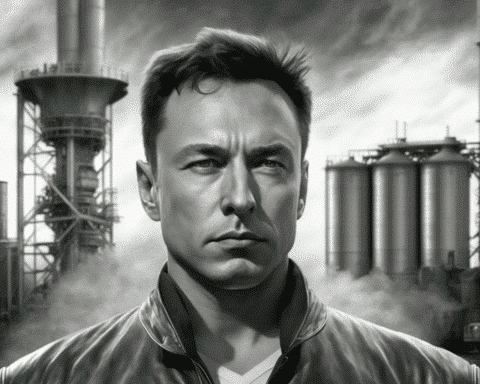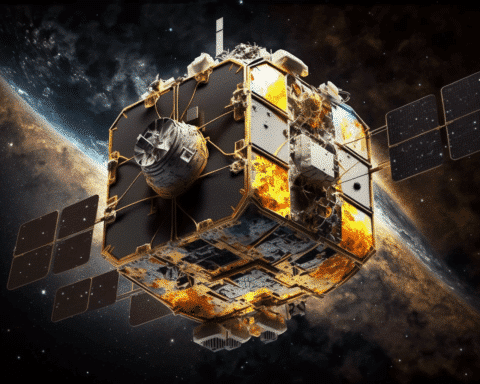SpaceX continues to push the boundaries of space exploration, achieving a major milestone with the most ambitious test flight of its Starship rocket yet. On Sunday morning, SpaceX successfully launched the Super Heavy rocket booster with the uncrewed Starship spacecraft from its Starbase facility in Boca Chica, Texas, marking another step towards making interplanetary travel a reality.
A New Frontier in Spaceflight
At 8:25 a.m. ET, the Super Heavy rocket lifted off, embarking on its test flight. The rocket, standing at 232 feet tall, was designed with a groundbreaking objective—to maneuver back to Earth and land using SpaceX’s unique “chopsticks” system. For the first time, SpaceX successfully caught the booster in midair using massive metal arms. “We’re not breaking physics, so success is one of the possible outcomes here,” SpaceX CEO Elon Musk explained.
This test flight also saw the Starship spacecraft break away and continue flying over the Indian Ocean, performing a landing maneuver. While recovery was not expected for the upper spacecraft, these steps are crucial for future missions. SpaceX is working on reusable rocket components to drastically reduce the time and cost of space travel.
Towards the Moon and Mars
The success of this mission has far-reaching implications. SpaceX is planning to use Starship as the capsule that will land NASA astronauts on the lunar surface by 2026 under the Artemis III mission. With contracts worth nearly $4 billion, SpaceX is not only looking to the moon but also aiming for Mars. The ultimate goal is to make human space travel to Mars a reality.
Musk’s vision for rapid reuse of rocket parts is integral to these plans. “The chopstick arms will ultimately be able to simply turn around and set a rocket back on the launchpad within minutes of its return,” Musk said in a June interview, hinting at a bold future where rockets could be relaunched just 30 minutes after touchdown.
Embracing Fiery Challenges
Since 2019, SpaceX’s development of Starship has involved a series of increasingly complex test flights. The first integrated test flight of Starship and the Super Heavy booster in April 2023 marked the beginning of SpaceX’s full-scale launches, but the vehicle exploded minutes into flight. “These failures help the company rapidly implement design changes that lead to better results,” said Musk, as the company learns from each challenge.
June’s fourth test flight of the integrated system showcased further advances, even as the spacecraft’s heat shield tiles melted during reentry, affecting its soft landing attempt. SpaceX has since replaced the entire heat shield system, with over 12,000 hours dedicated to improving the thermal protection system.
Aiming for the Stars
SpaceX’s ambition is not without challenges, but the latest flight represents a significant leap forward. The company’s goal of putting humans on the moon and, eventually, Mars, requires continued refinement of their technology. As NASA aims to return astronauts to the lunar surface for the first time in over 50 years, SpaceX’s Starship development will play a key role. However, delays could arise if any substantial damage occurs during future test flights.
SpaceX’s ability to rapidly iterate and innovate remains the cornerstone of its success, with Musk noting that there’s always a “decent chance of working” when breaking new ground. As the company looks ahead to refueling Starship in orbit for long-distance missions, the sky truly is not the limit.
Paving the Way for Future Space Exploration
With the successful test flight of the Starship, SpaceX is closer than ever to achieving its lofty goals. From landing astronauts on the moon to enabling human travel to Mars, SpaceX is setting the stage for the next generation of space exploration. As Musk aptly put it, “Success is one of the possible outcomes here.” The world is watching as SpaceX continues to push the boundaries of what’s possible in space.




